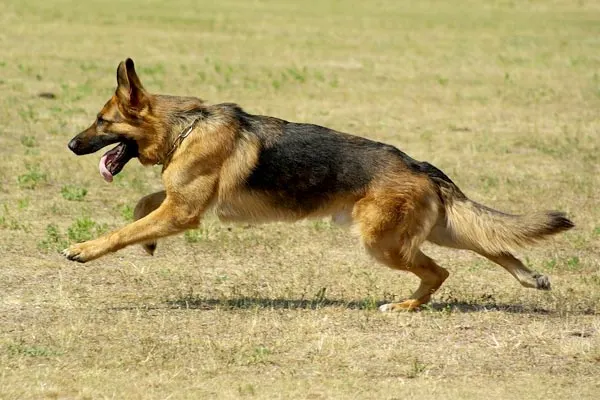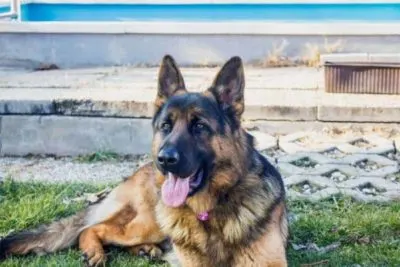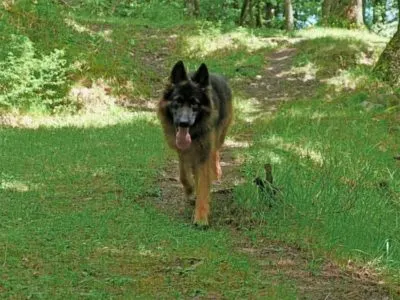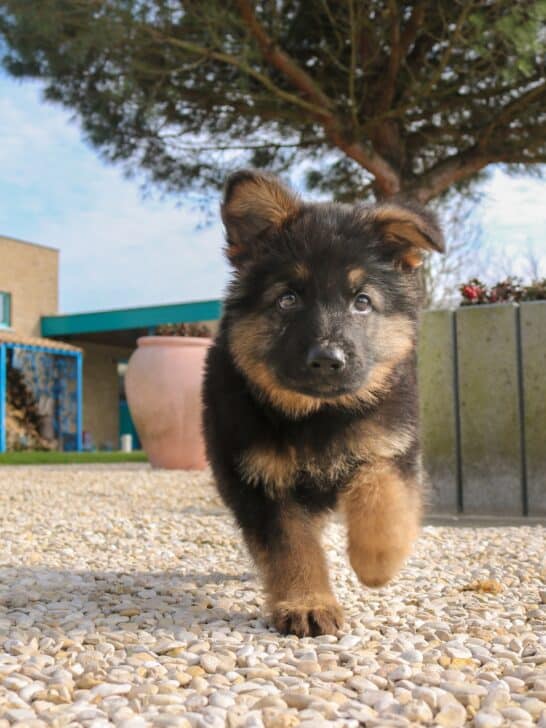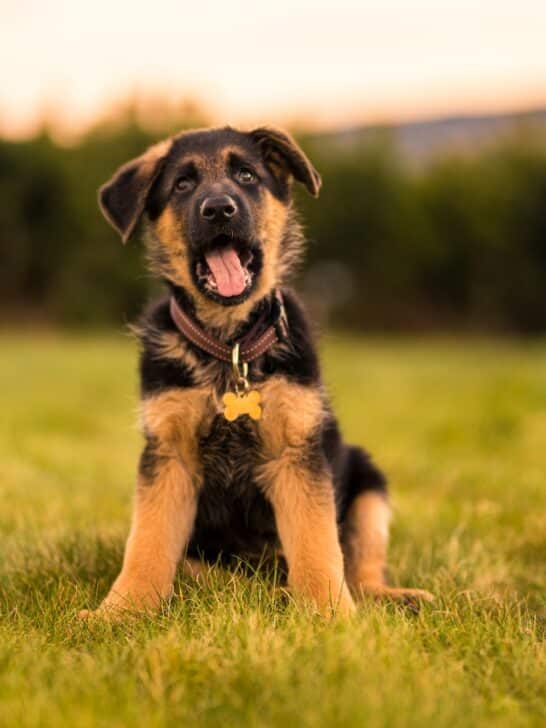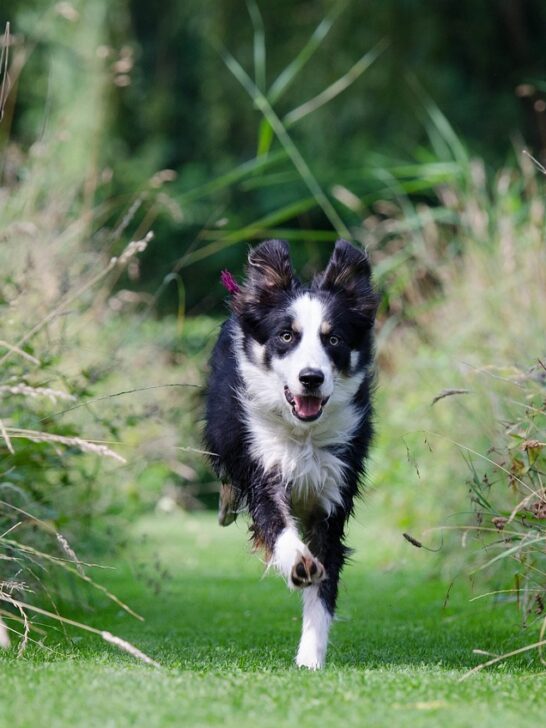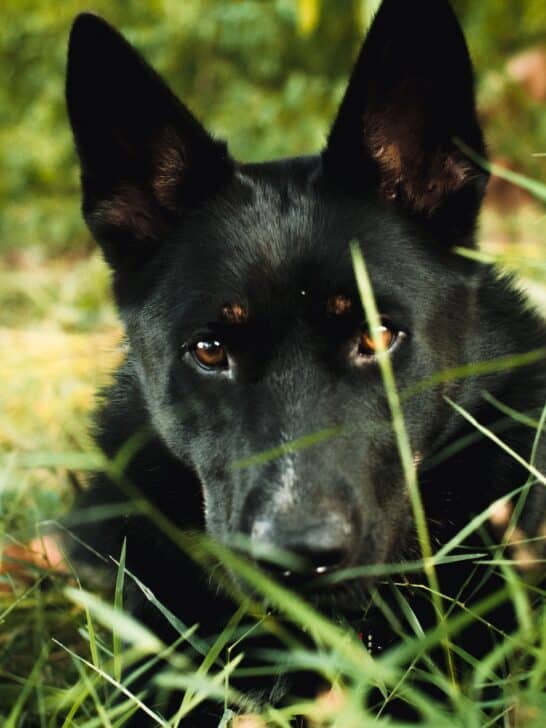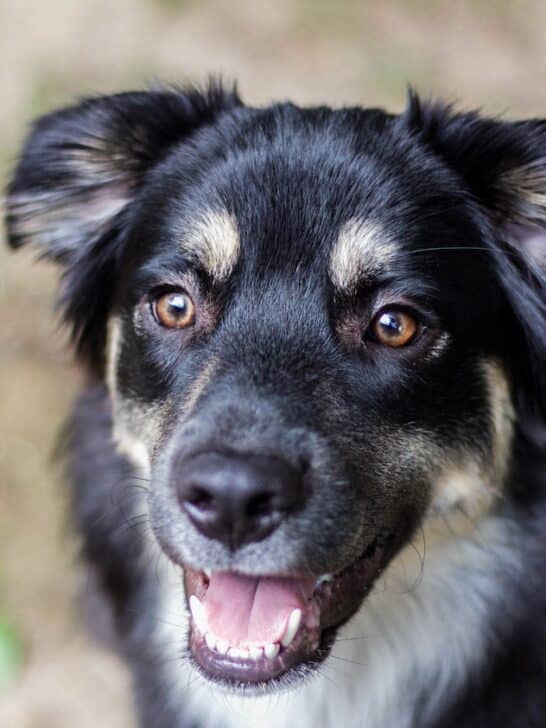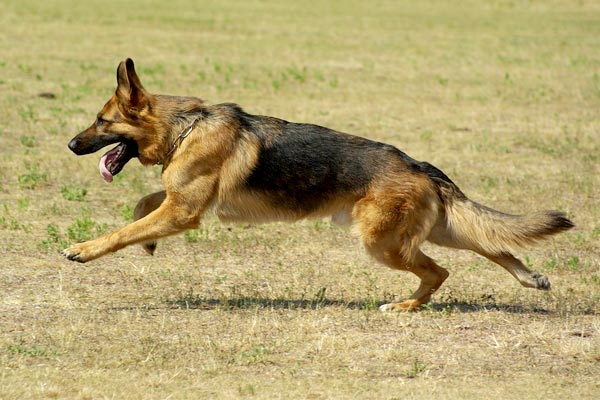How to Train a German Shepherd to Attack: Learn the Basics of Protection Training for GSDs
The German Shepherd dog is one of the most popular purebred dog breeds in the world today. These dogs have a long and noble history of serving in protective roles for both other animals and for people.
Many people from all walks of life choose to share their lives with German Shepherds because they want to feel safe and keep their family safe.
But German Shepherds need firm, positive direction and consistent socialization and training to grow up to be great protection and guard dogs.
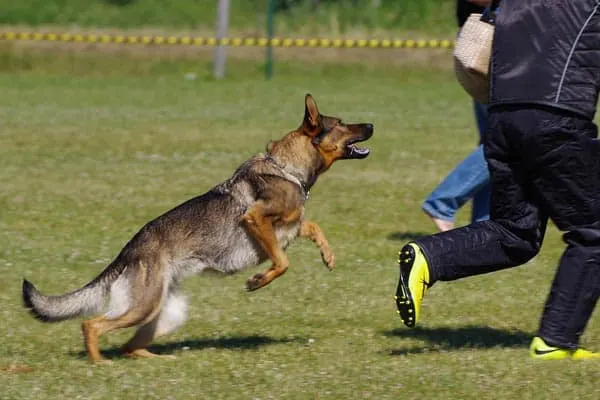
It is not just about training your GSD to attack. It is about training your German Shepherd to know what to attack, when, and how to attack.
In this article, learn exactly what you need to know to train your German Shepherd to attack to protect you.
How to Train a German Shepherd to Attack?
Training a German Shepherd to attack is about honing your dog’s natural breed instincts right from puppyhood.
The process starts when your puppy learns the basic obedience commands and performs them flawlessly.
Only after your GSD puppy is excelling at obedience training is it time to enroll them in Schutzhund to start learning to be a protection dog.
Phases of Training a German Shepherd to Attack
As Kraftwerk K9 German Shepherds explain, there are several levels of protection dog training to teach your dog how to keep you safe in many different situations.
Learning how, when, and who to attack is just a part of this bigger training agenda.
Here is a list of the most common situational protection training protocols your German Shepherd will need to learn:
- Home burglary protection
- Home invasion protection
- Car theft (carjacking) protection
- Outdoor protection (outside the home)
- Multiple attacker protection (inside or outside the home)
As you can see, a well-trained protection German Shepherd dog will learn how to respond appropriately to attack at close quarters and at a distance both inside and outside the home plus in or near the car.
Your dog will also learn how to deal with a single attacker or multiple attackers.
Personality and Temperament Traits of a Trained Protection GSD
As the German Shepherd Elite Rescue charity explains, German Shepherds were originally developed in 1889 by a German military captain by the name of Captain Max von Stephanitz.
The Captain wanted to create an ideal working dog. However, he chose herding dogs as his original parent dogs.
There is also some evidence that the original dog von Stephanitz bred from was a wolf-dog hybrid.
This means that, from the start, the German Shepherd breed line has been developed to have heightened protective instincts.
So these dogs do not need to be trained to protect – they do that instinctively towards a person they are bonded with.
What your GSD needs is to learn the difference between a friend and a threat and to learn how to obey you while also protecting you.
This process starts early in puppyhood and ideally the very day you bring your new German Shepherd puppy home to stay.
You will need to continually socialize your puppy by introducing new people and new animals and teaching your dog which are threats and which are “friendlies” (i.e. not threats).
Otherwise, your dog can end up becoming a danger to you and to others because your dog won’t know that when your child play-wrestles with his best friend from down the street, there is no need to defend your child from his friend.
German Shepherds also have intense focus, high pain tolerance, a high-stress tolerance, and tremendous prey drive and physical strength.
These traits help GSDs stay productive in extremely challenging circumstances, such as while extracting wounded soldiers from an active battlefield or while defending livestock from a pack of wild wolves.
Finally, German Shepherds are intensely people-centric, which means these dogs want and need to be at the center of your life and schedule.
They do not do well when left outside, even if they have other dogs for company.
A neglected, lonely, or bored German Shepherd can become destructive and even aggressive.
What is Schutzhund Canine Training?
According to the United States Schutzhund Clubs of America, the very word “Schutzhund” is a German word that means “protection dog.”
So Schutzhund training is protection dog training.
In the video clip you watched earlier, you probably noticed that the trainer was giving the dog-specific commands and that the “bad guy” was wearing a thick sleeve on one arm.
These are hallmarks of Schutzhund protection dog training, which is the gold standard.
What is most important to know about Schutzhund training is that it is a type of protection dog training that was specifically designed for German Shepherd dogs.
While Schutzhund today is considered a canine sport, and dogs can learn Schutzhund skills and enter competitions, it is also the best way to train your GSD to protect you by attacking appropriately in the right conditions.
What Does It Mean to Train a GSD to “Attack?”
So often, owners who choose a German Shepherd in order to have a family protection dog misunderstand what it means to train their GSD to attack.
Here, the word “attack” doesn’t necessarily mean to bite, to chew, or to hurt. It simply means to hold or immobilize the object of their attention.
To truly understand what this means, it is important to once again remember that the GSD was originally herding and livestock guarding dog.
Not only did this require the German Shepherd to ward off large, dangerous predator animals, but it also required the GSD to retrieve stray or lost livestock and herd them back into the group for safety.
So a dog would need to know how to maintain a firm grip without necessarily causing any harm or injury.
When a German Shepherd learns to “attack” this means they learn how to maintain a firm grip that is immobilizing so that their human handler can take appropriate action against any threat.
What Is IPO in Schutzhund?
IPO is a German-language acronym that stands for “Internationale Prüfungs- Ordnung” or “International Trial Rules.”
More recently, IPO has been transitioned to IGP, which means “Internationale Gebrauchshund Pruefung” or “International Working Tests.”
The Schutzhund IPO/IGP competition is often referred to as a “canine (K-9) triathlon” because it is composed of three different skill sets.
Dogs that are enrolled in Schutzhund for the purposes of competing in canine sports or learning to attack in a protection dog capacity learn these three skills:
- Obedience.
- Tracking.
- Protection.
Obedience
All Schutzhund training starts with obedience training for a reason.
The reason is that the goal is not to train a dog to attack. It is to train a dog to stay calm under extreme provocation so the dog can see clearly how best to protect their charges, or even if protection is required.
The German Shepherd will learn both passive restraint (barking and herding) and active restraint (biting and holding).
Most importantly, the dog learns to mind the trainer even if the command that is given means the dog has to retreat from an attack situation.
This is critical to make sure that your dog’s first allegiance is to you and your commands and not to their own instincts and drive.
Tracking
In Schutzhund training, your German Shepherd will learn a very comprehensive type of tracking that starts with scent (nose) work and continues with the use of training aids that simulate footprints and different types of terrain.
As the dog gets older, the tracking “trails” get more challenging. A full competitive tracking course includes all of the elements from easiest to hardest.
Short and long trails, straight and divergent trails, articles (items) to scavenge or identify, close quarters and distance (from handler) tracking and all types of terrain from wet to dry and grass to soil.
Tracking in a variety of conditions teaches your dog to stay focused, manage their stress, and stay the course no matter what obstacles come before them.
Protection
The protection training portion of Schutzhund training and competition evaluates a German Shepherd on the three basic drives that all GSDs have: defensive drive, prey drive, and social drive.
The social drive is perhaps the most important because this is the drive that bonds your dog to you.
You have to know that your German Shepherd understands who they are protecting and also who must be obeyed no matter what.
This is your number one protection against canine aggression.
The prey drive is a deeply instinctive drive that is born of an innate urge to chase, to hunt, to bite, to eat.
The prey drive is what can quickly get out of hand if a German Shepherd is not properly trained in the art of protection.
The defensive drive is more of a learned drive that is based on the ancient fight-or-flight survival instinct.
A dog that is defensive will have all kinds of methods at their disposal, from growling or barking to running towards or running away.
German Shepherds that have mastered the use of their defensive drive won’t necessarily choose attack as their first line of defense.
Rather, their ultimate goal is to see the threat in active retreat. If barking can accomplish that, then attack will not be needed.
As Schutzhund Training explains, dogs in Schutzhund training learn to use all kinds of different grips, holds, and bites to protect their charges from an aggressor.
By the time the training program has been completed, the dog should be able to demonstrate mastery both at close quarters with their handler and an attacker, and at a great distance from each.
Personal Protection K-9 Training Versus Schutzhund GSD Training
Another common question many German Shepherd owners have is whether there is a difference between classical Schutzhund training and personal protection (or K-9) training.
There are many different training programs available today that are designed to teach dogs (of any breed) how to serve as personal protection and guard dogs to people.
As Mountain Canine College highlights, regardless of the training program, the dog must first be evaluated to see if they are a good fit.
Some dogs may be less well suited for one versus the other.
As we mentioned here earlier, Schutzhund training was specifically designed in Germany for training German Shepherd dogs to serve in protective K-9 roles.
So you can’t go wrong choosing classical Schutzhund training for a German Shepherd.
However, if you don’t plan to participate in Schutzhund canine contests and just want your GSD to learn how to protect you in a variety of situations, you may find personal protection dog training to be a better fit.
In either case, the basic method always starts with obedience training. Your dog must be fluent in all of the basic commands before you can add to your GSD’s vocabulary and skillset.
Now you can see why it is so important to take training your German Shepherd to attack so seriously.
You are training an incredibly strong and powerful dog with deep instincts that must be directed appropriately for your safety and the safety of others.
By taking your dog’s personal protection training step by step, you will train a confident dog that can protect you no matter what.
Watch a German Shepherd Being Trained To Attack
In this impressive YouTube video clip, you can watch a professional protection dog training team putting a 16-month-old German Shepherd dog through his paces.
The dog shows incredible drive, obedience, agility, and power. The most important thing to note when watching the video is that the German Shepherd does not display aggression.
Aggression is not the same as the instinct to protect, guard, or even attack. Aggression in dogs is typically a symptom of insecurity or fearfulness rather than confidence and clarity.














